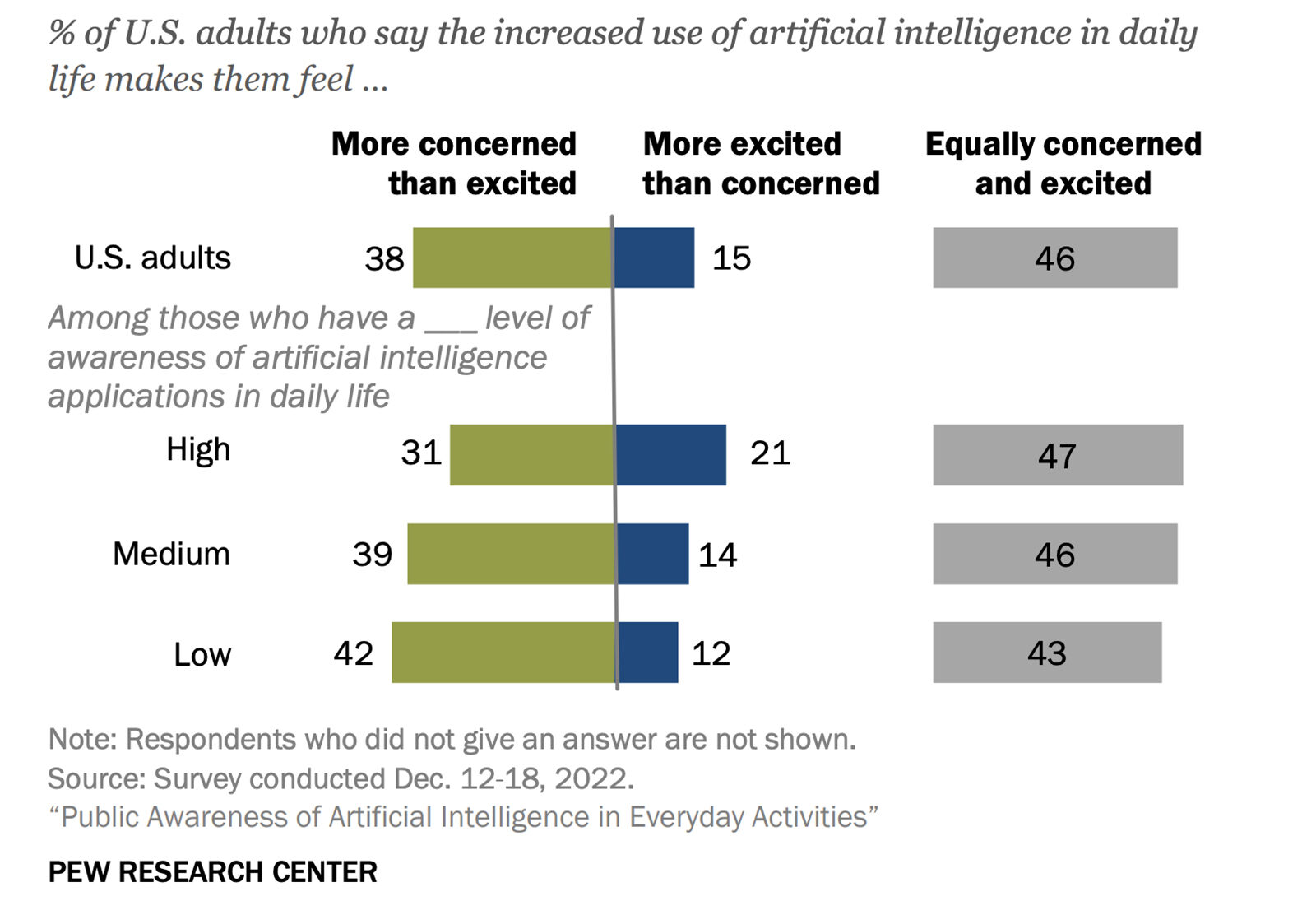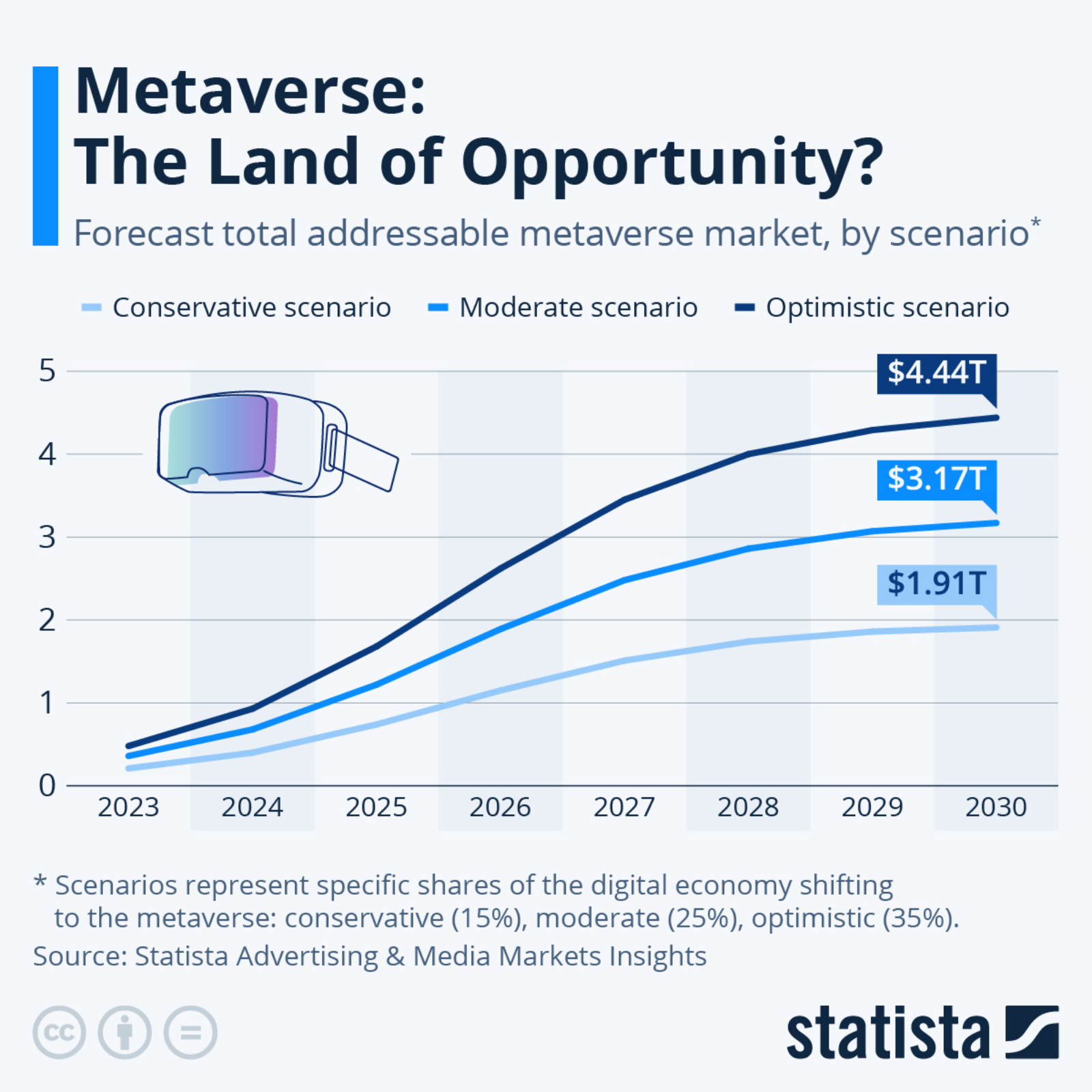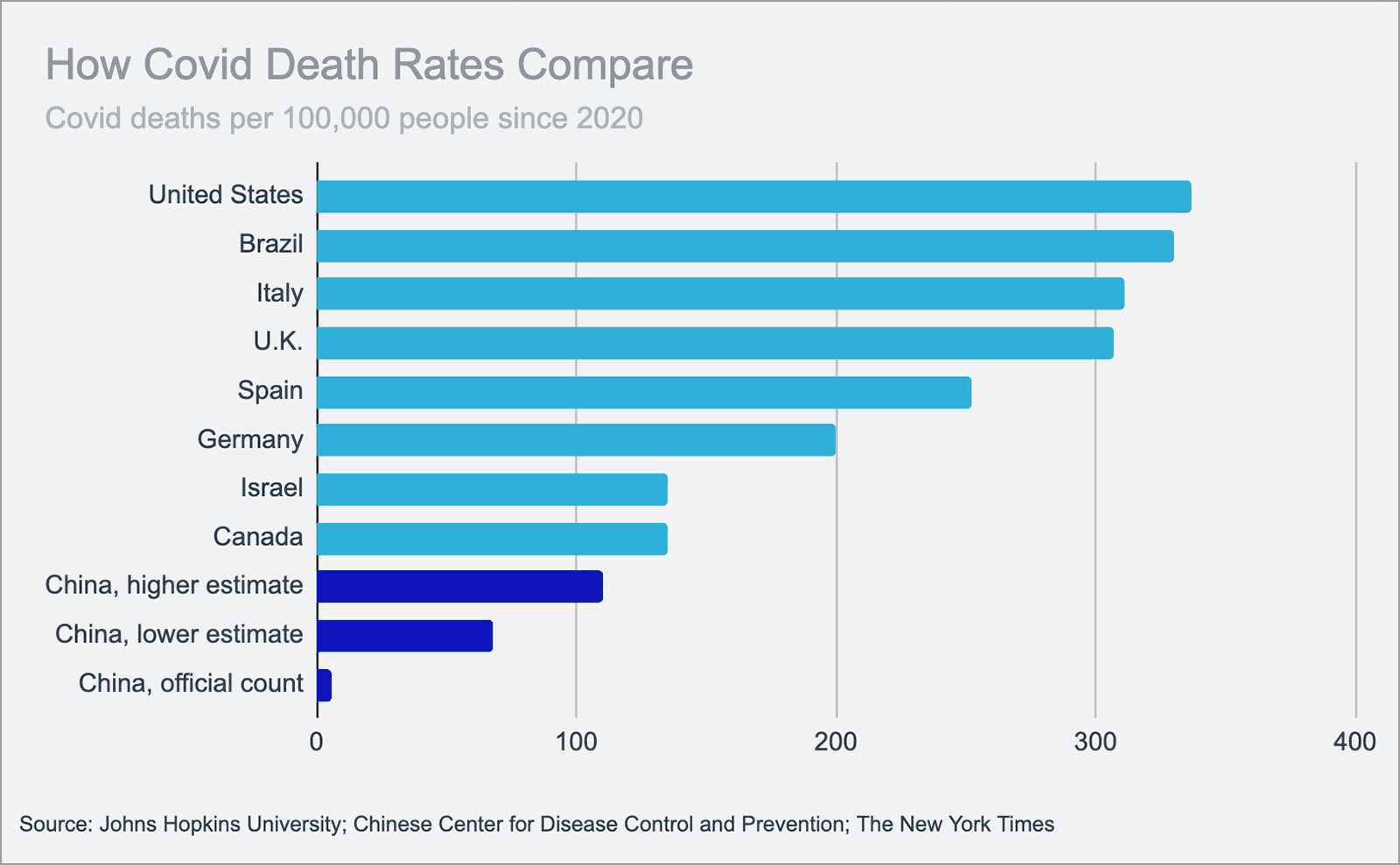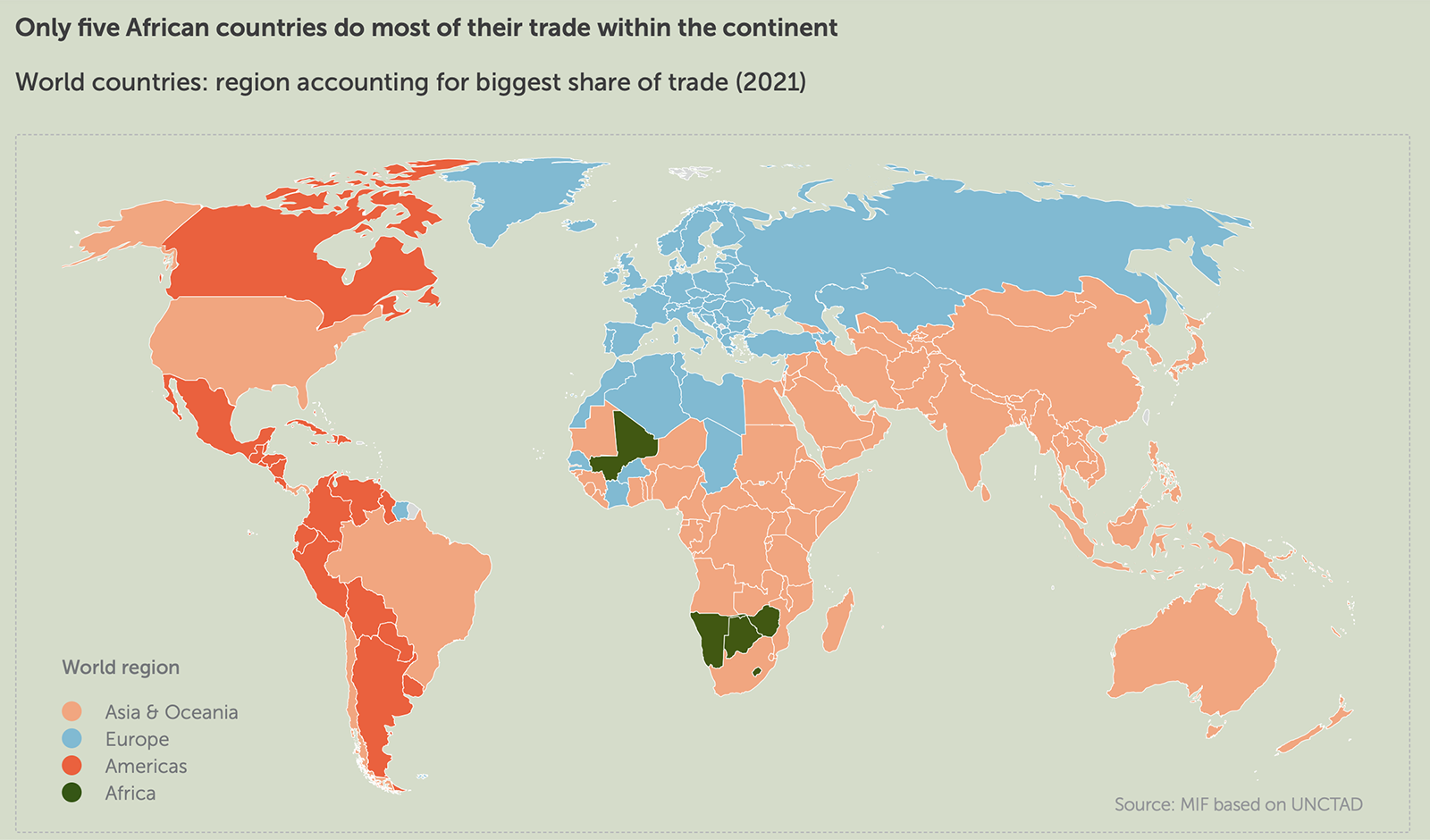New Data on Global Value Chains and Poverty Reduction
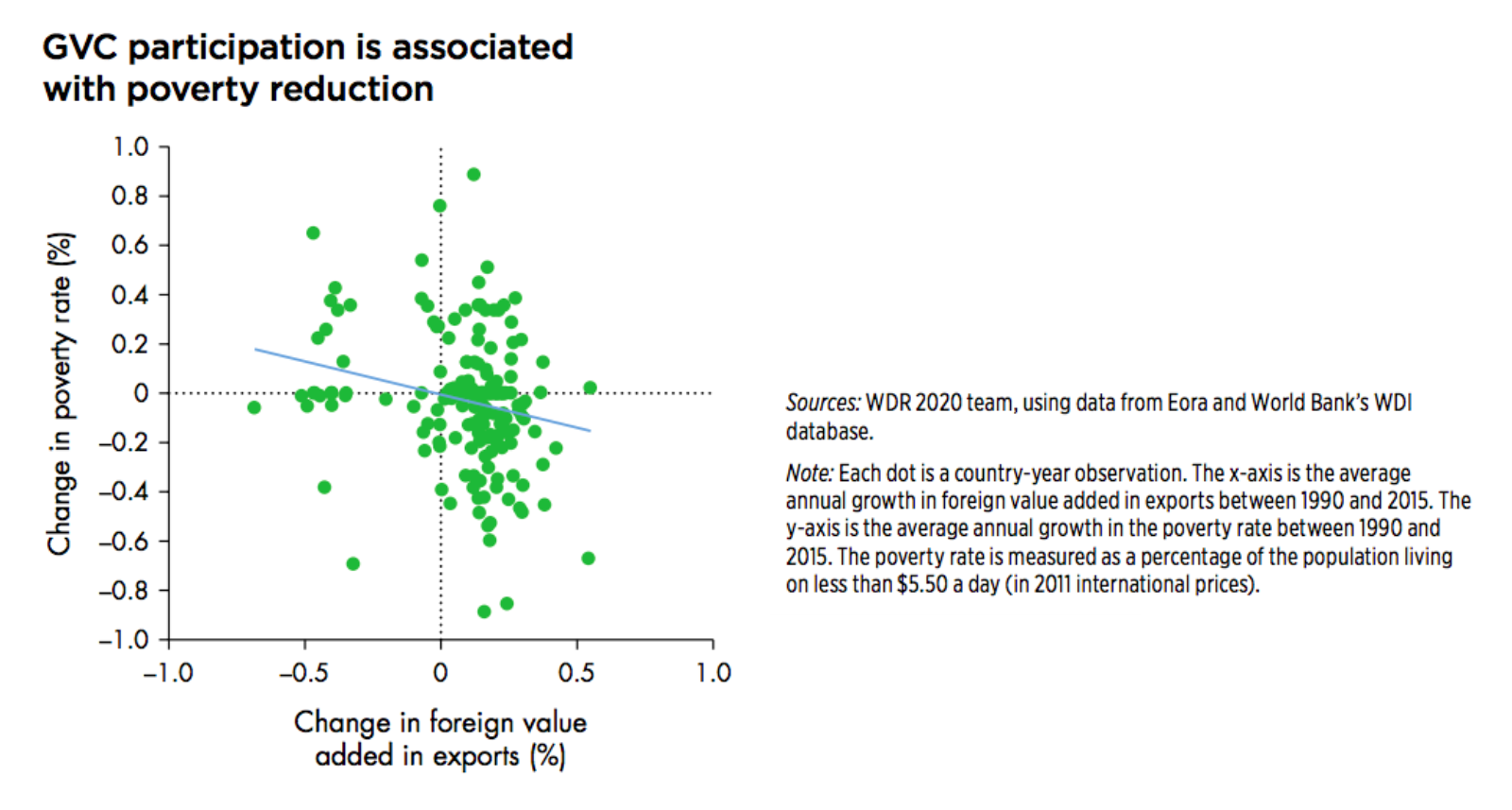
Economies’ participation in global value chains (GVC) is associated with a decrease in the number of people living $5.50 or less per day, according to the World Development Report 2020, a new report by the World Bank. Encouragingly, the report’s authors also found “no apparent relationship” between GVC participation in developing countries and increases in income inequality.
The data in the report is prefaced with a warning, however. “The expansion of trade and GVCs is at an inflection point,” wrote Pinelopi Koujianou Goldberg, chief economist of the World Bank Group. “People are disenchanted with free trade. … Businesses are complaining about the limitations of the current multilateral system in dealing with their concerns [and] governments are inclined to respond by using trade policy as a tool for social protection and to address inadequacies in the current trade rules.”


